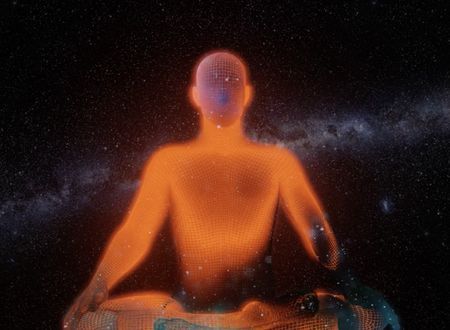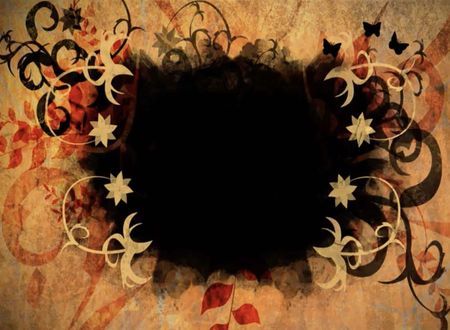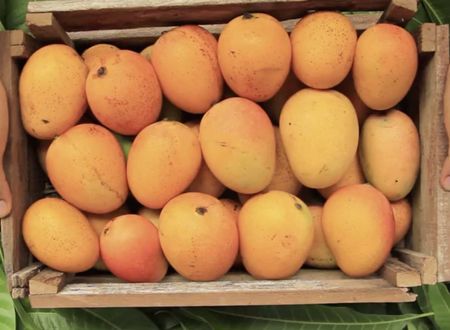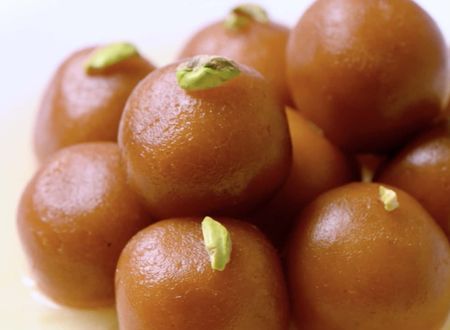The Zen Beginner’s mind by Shunryu Suzuki has a fascinating story of the four different kinds of seekers you meet on a spiritual journey. He uses the example of horses for every seeker.
The Excellent Horse: It will run slow and fast, right and left, anticipate the jockey’s will, and move even before it sees the shadow of a whip.
The Good Horse: It’s just as efficient as the best horse, but it will require the jockey to brandish the whip and accelerate before it touches the skin.
The Poor Horse: The poor horse needs to feel the whip on its skin, and the pain makes it run like the best horse.
The Bad Horse: The bad horse runs only when the whip tears through the skin, and the pain penetrates the marrow of its bone.
You can read Shunryu Suzuki’s original post here around his explanation. I will extrapolate his Zen teachings into my reflections on walking the spiritual path.
When we walk the spiritual path, we imagine that we will discover if we are the excellent or bad horse after a few days. We may even think that the aim of the spiritual path is to train to become the best horse. Shunryu Suzuki states that this is an inaccurate view of the spiritual path. When you walk the path, it does not matter if you are the best horse or the bad horse because Buddha feels equal compassion for all his children. How often has Swamiji told us that he is truly impartial when dealing with people? That is the hallmark of divine love.
Shunryu Suzuki says that when you practice Zazen, you will find that the worst horse performs better over a long time because the imperfections that hold you back will form the backbone of your spiritual journey. The pain the fourth horse feels in its marrow is like a permanent tattoo it can refer to every time it needs to make a decision. Shunryu Suzuki says that by that logic, the fourth horse becomes the best horse.
I initially felt delighted to read this. I am the quintessential fourth horse. I cannot remember or learn anything till I practically don’t experience it. That’s how it’s always been with me. That’s why every Sadhana I do is so painful that it requires great courage to complete it – forget about mastering it. Just as I was patting my back about being the fourth horse, the lesson I learned in the Sri Sukhtam Sadhana came back to me. The tattoo shone brightly and shredded the Ego to bits.
You are extra ordinary, not extraordinary.
Upon a bit of reflection, I concluded that every seeker has all four horses in them. When it comes to things that come naturally to me, I am the first or second horse. So compassion, love, and gratitude are examples of such horses. Things like Ego, feeling special, discipline, and asana siddhi are the third and fourth horses for me. I now see Swami as Krishna in a chariot, led by these horses. He is whipping each one based on what’s required for them to lead you to the final goal of liberation. In his video, Purity of Intention, he clearly states that he works silently on each disciple based on what’s needed for them. He asks for complete surrender and commitment, and that’s the least one can offer our guru, who is a well of infinite compassion.
On a lighter note, the Sri Sukhtam Sadhana was so intense that I took one of my favorite bhajans and turned it on its head.
Original: Janaki Nath sahay Karen jab kaun bigad kare nar theron – When Lord Rama himself is by your side who can ever cause any harm to you.
Modified: Janaki Nath Kutai Karen Jab Kaun Bachav kare nar theron – When Lord Rama himself wants to spank you, then there is no escaping him.
Please take the joke in the right spirit. It just demonstrates the infinite love and pain a guru will go through to show the true path to his disciples.










Comments & Discussion
12 COMMENTS
Please login to read members' comments and participate in the discussion.